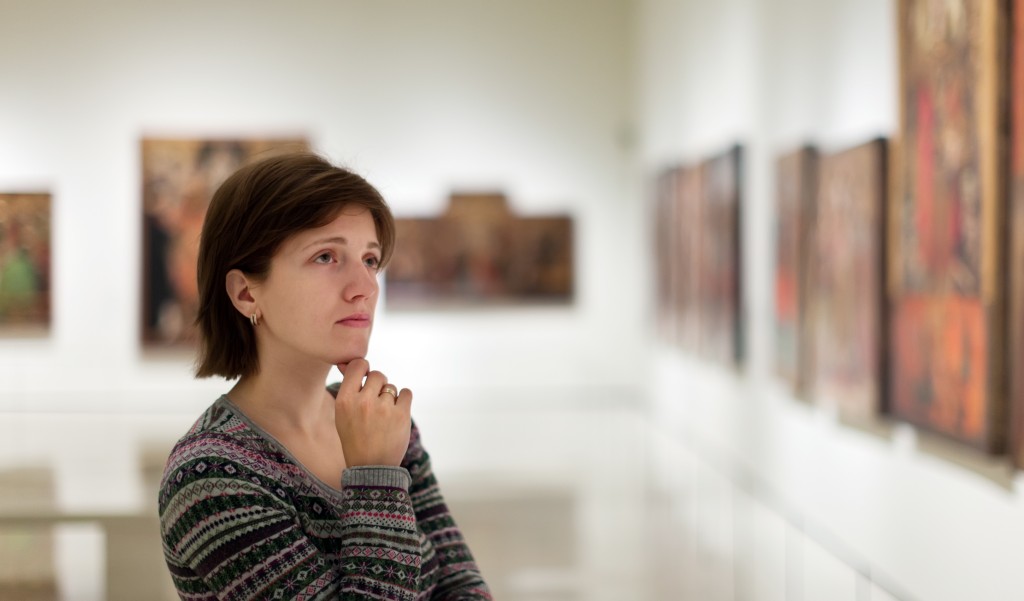The art market has continued to rise year after year, with more than 550,000 fine art lots sold through auctions globally, generating over $13 billion in sales. More painting and sculpture collectors are buying pieces to add to their investment portfolio.
Investing in artwork can be a fruitful venture if it’s something you genuinely love doing. Still, it can also be risky, so like how you can plan your funeral arrangements early to make it easier for your family in the future — it’s best to know what considerations to make when investing in art beforehand.
Here are six things you need to consider and remember before investing in any artwork.
Don’t Get Caught Up in the Hype
The recent trend in investors stacking up on artworks has triggered several new investments in different pieces, while in reality, only a few of them generate huge returns. So, though it may be tempting to do what everyone is doing, it’s best to avoid it and go at your own pace.
Art Is Non-liquid
It s best to put at the forefront of your mind that art is a non-liquid or illiquid asset, meaning it can be extremely challenging to convert cash along the way. That’s because illiquid assets, including art and real estate, take longer to sell even if they have an excellent monetary value. Meanwhile, physical assets like stocks and bonds give you cash more quickly. Remember that though it’s possible to seal artwork, not many are willing to immediately pay a high price. However, if you want to sell it, bringing it to an auction house is your best bet.
Only Make It a Small Part of Your Portfolio
Before you invest a large sum of money, remember that though there’s profit, you’re less than likely getting a considerable payout from an artwork online. That’s why it’s best to consider it as other investments, additional, not essential. Plus, you’ll need to pay for taxes on gains since the Internal Revenue Service (IRS) deems an artwork as a collectible.

Know the Artist
Generally artists with unique backstories typically generate more interest from buyers. Consider researching the artist’s education, age, past exhibitions, and national awards. You can find most of these details in the artist’s biography at the gallery where their pieces are displayed.
Research the Artwork
Remember, besides knowing the artist, understanding each piece’s story can help you invest in the right artworks seamlessly. The first thing you need to look out for is its authenticity. To protect yourself, you’ll need to get an authenticity certificate from an expert in the field or the artist themselves if they’re still alive.
See if You Can Afford Its Maintenance
When you invest in an artwork, you have complete control over everything else. However, this means you’re liable for keeping the piece in pristine or its best condition, meaning you have to consider several factors, ranging from humidity, sunlight, the possibility of theft, and more. If you’re going to invest in an artwork, you’ll need to ensure it keeps its original quality.
Plus, you’ll also need insurance and an authenticity certificate — racking up your maintenance costs. So, before hastily investing, see if you can afford the maintenance.
The best approach towards investing in art is to consider an artwork’s aesthetic pleasure first, then the financial benefits second. Welcome profits but don’t plan your financial future around them. When you remember the things mentioned, you’ll be making the best decisions for you — and your wallet.

